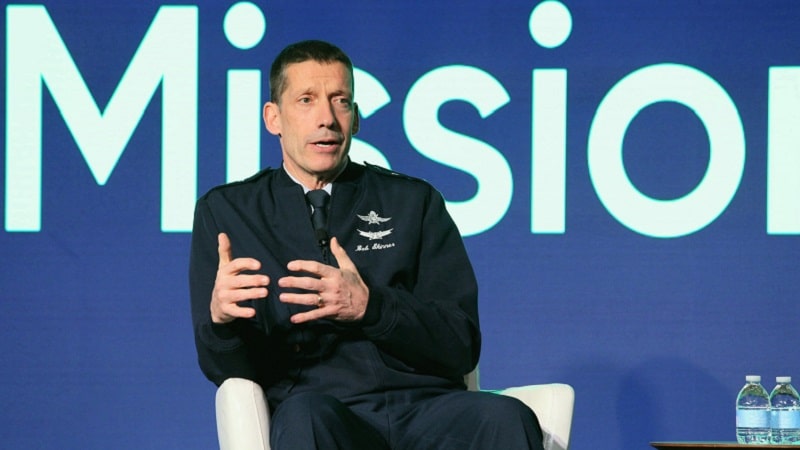
The Defense Information Systems Agency (DISA) is in the midst of a transformation being led by DISA Director Lt. Gen. Robert Skinner. Skinner, who also holds the title of Commander for the Joint Force Headquarters-Department of Defense, emphasized the importance of understanding what the focus of the transformation is and being aligned across the department in putting together DISA’s transformation.
At the ServiceNow Federal Forum 2022 in Washington, D.C., Skinner said DISA’s digital transformation has included a restructuring to flatten the organization’s structure, as well as a new strategic plan and budget alignment designed to get the organization on the same page of what is needed.
“If you ask 10 individuals what digital transformation means, you get 10 different answers,” Skinner said at the Renaissance Hotel today. “What I like to look at it is: how are we progressing and leveraging the digital technology to get after what our warfighters need, and to get after what are our customers and our mission partners need?”
For DISA, that meant flattening the organization structure into four directorates last year. One focused on digital capabilities and security, which is where DISA’s enterprise services are stationed; another is the DISA hosting and computer center; an enterprise integration and innovation center; and DISA operations and infrastructure directorate.
Skinner said the enterprise integration and innovation center is the first of its kind at DISA and is being led by Roger Greenwell, with DISA Chief Technology Officer Steve Wallace leading the emerging tech aspect of the directorate.
Skinner spoke highly of the reorganization but said two other keys for the digital transformation process at DISA were getting together a strategic plan and aligning the agency’s budget.
The agency’s strategic plan has five areas of focus, with the first and most important priority for the agency being modernizing command and control (C2).
“The number one priority within the agency is assured C2,” Skinner said. “And how do we stabilize, ensure, and modernize, and transform how we do command and control in the department? And how we can leverage the digital technology to get after that?”
“We have all kinds of old technology that today is not best value anymore,” he added. “And oh, by the way, because it’s getting older, it’s harder to maintain and harder to assure that command and control.”
Skinner made sure to point out the role that aligning the agency’s budget has played in its digital transformation.
DISA currently has around 19,000 military personnel, civilians, and contractors and a budget just south of $12 billion through the use of a general fund and a working capital fund. As Skinner said, “that’s a lot of capacity.”
However, to put that capacity to the best use and to operationalize its strategy, DISA’s budget alignment was crucial.
“Strategy without a budget is a pipe dream,” Skinner said. “While I will never turn down additional dollars from the department, we are aligning our resources to those priorities that enable our organizational structure to really get after the organizational design that we’re trying to do.”
“In order to truly have digital transformation and transform how we do business – which is what I look at when we say transform – it’s how do you transform how you do business, leveraging technology to meet the future needs of our warfighters,” he added.
Skinner said that he and the agency are also looking at how to create the best hybrid workforce as employees begin to go back to the office in varied numbers and even after the COVID-19 pandemic fully subsides.
“I don’t think we know what the new normal is; I don’t think we’re there yet,” Skinner said. “I think the pendulum swings left and right. Everybody in the office is always in the office. And now we’ve kind of come back and forth. … We always want to take care of our people. I mean, that’s first and foremost. But the mission still got to get done. So, how do we make sure that the mission is done in the most in the most optimized manner?”
Skinner said it’s important to find a balance between the social aspects received by working in an office as well with whether or not people actually need to be in the office to get the mission done. As far as the social aspect, Skinner said it’s unlikely we see the full effects of it for around five to 10 years.
“I think that we’re going to be in a hybrid, and I think the new normal is a hybrid of sorts, based on the mission and based on the person but, just as important, it’s based on the organization and that organizational team and how can you have that cohesiveness,” he said.
